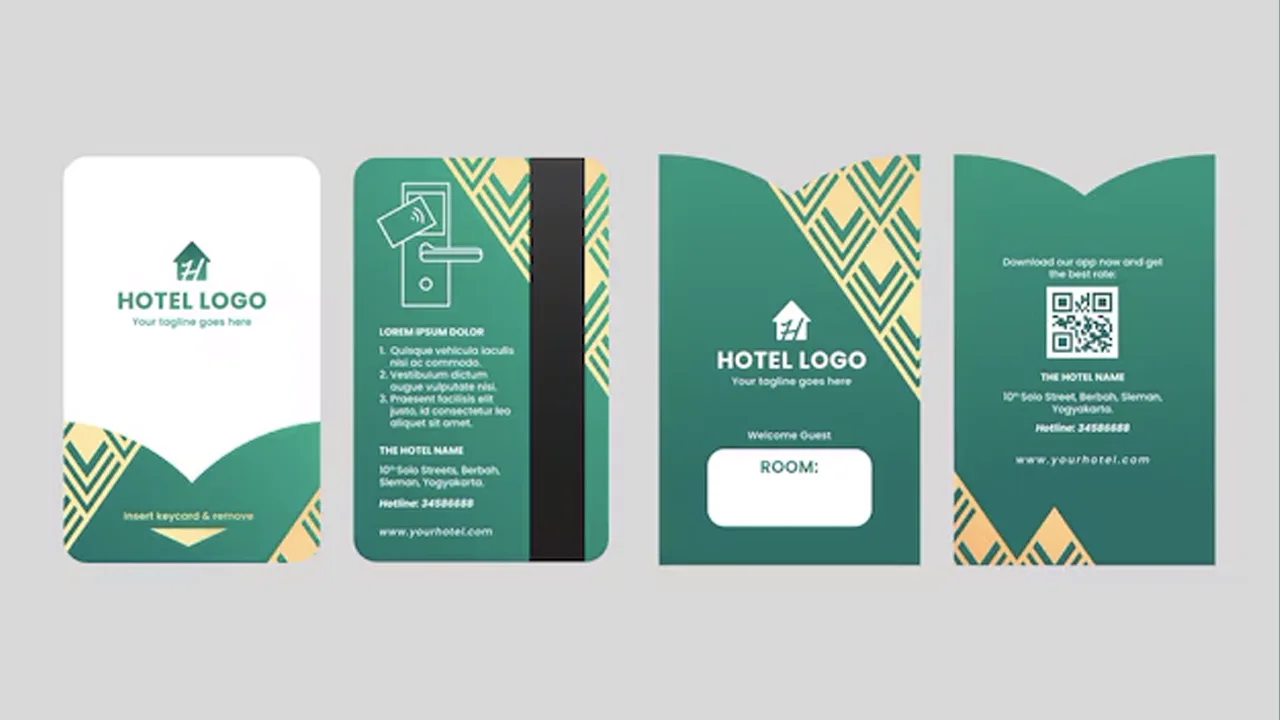
Hotel Key Card Printing – Common Questions Answered
Back To Blog Facebook X LinkedIn Introduction When running a hotel, every detail matters — and that includes your key
Printed Plastic Cards
Printed Key Tags
Printed Gift Cards
Printed Loyalty Cards
Custom Printed
Personalised Lanyards
Custom designed lanyards with choice of colour, attachment, and materials. All our lanyards come with a price match guarantee and free artwork design.
Entrust Instant ID Software is a complete solution for designing, printing, and managing ID credentials with speed and security.
Learn More
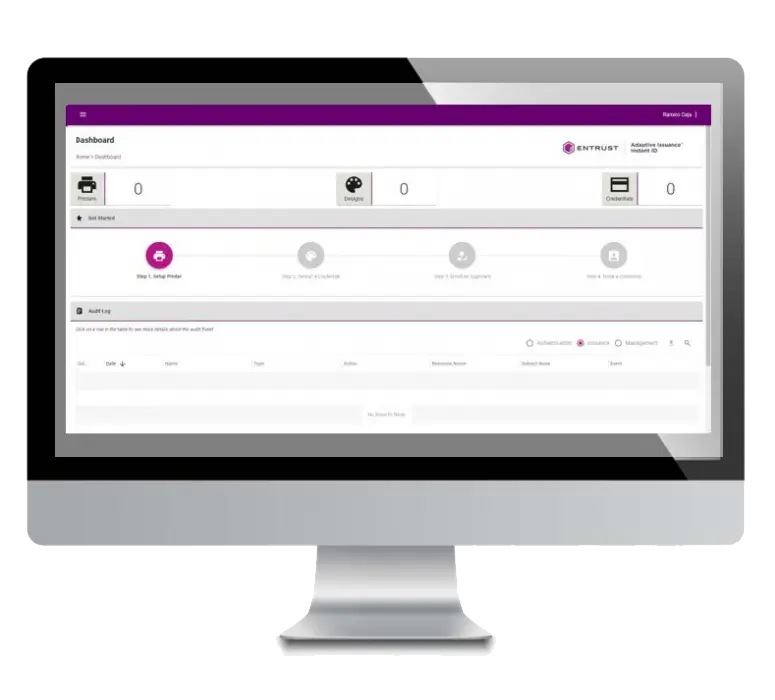

Easy-to-use ID card software for small businesses and schools. CardPresso offers templates, barcodes, and magnetic stripe support. Compatible with most card printers..
Learn More
“What’s the difference between direct-to-card and retransfer printers?” This is one of the most frequently asked questions we receive. To help, we’ve put together a detailed look at the differences and unique advantages of these two printer types.
In this guide, we’ll break down the key distinctions between these printing technologies and include a convenient reference table for quick comparison.
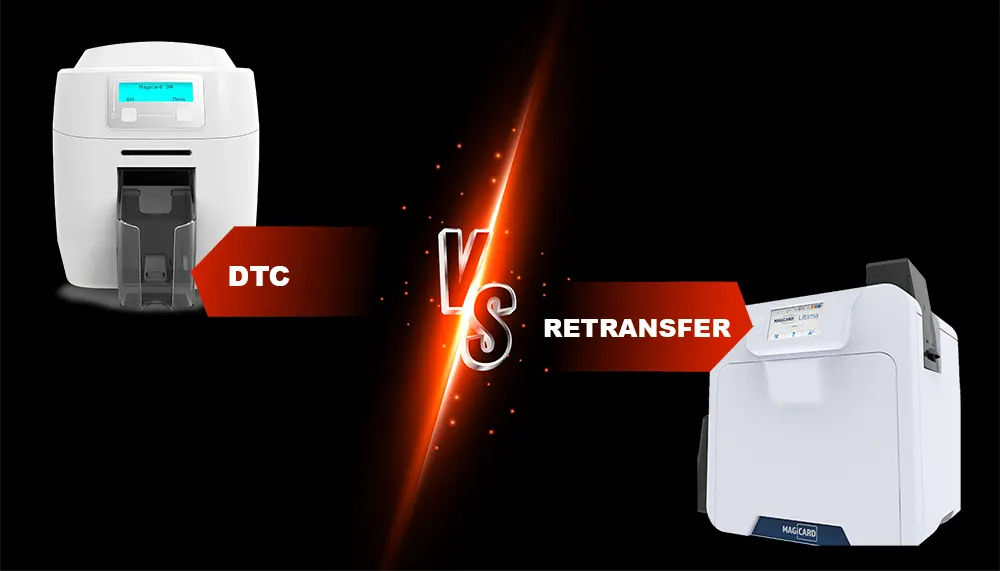
The primary distinction between direct-to-card (DTC) and retransfer ID card printing lies in how each method transfers text and images onto a card’s surface. A direct-to-card printer applies the design directly onto the card using a printer ribbon and printhead that come into direct contact with the card.
In contrast, a retransfer printer first prints the design onto a transparent overlay film using the ribbon. This film is then fused to the card’s surface through a combination of heat and pressure, resulting in a true edge-to-edge print.
While it may sound complex, the process is easier to understand than it seems! Watch our video below for a detailed explanation of how these printing techniques work.
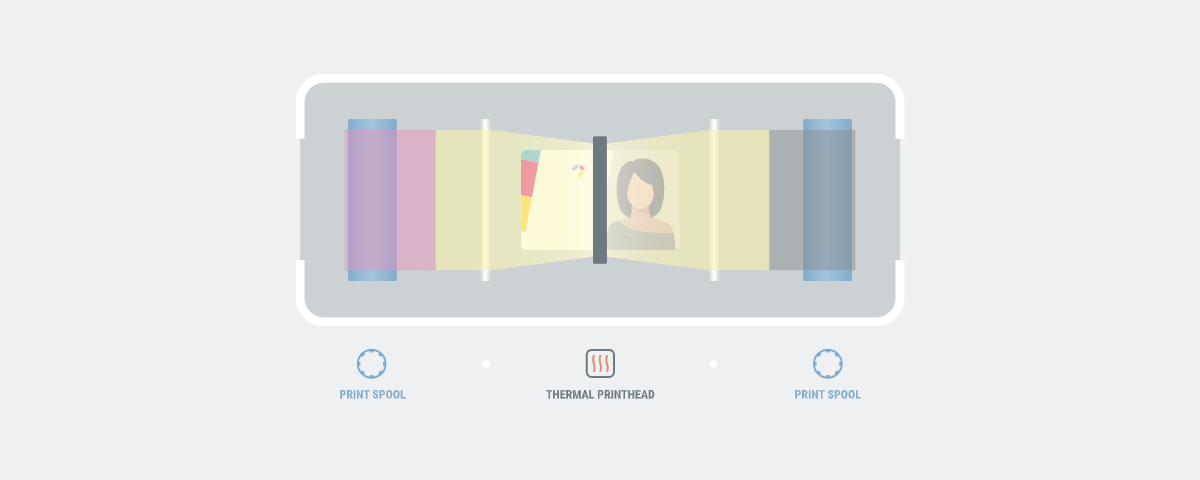
Direct-to-card (DTC) printers, also known as dye-sublimation printers, are among the most commonly used card printing devices. These printers use a printhead with thousands of pixels to apply images and text directly onto the surface of ID cards, producing sharp and clear results.
However, one limitation of DTC printers is the small white border that remains around the card’s edges after printing. This can be inconvenient if you’re aiming for a colorful, full-bleed design or a highly professional look. On the positive side, DTC printers are capable of quickly producing large volumes of cards and are more affordable than retransfer printers.
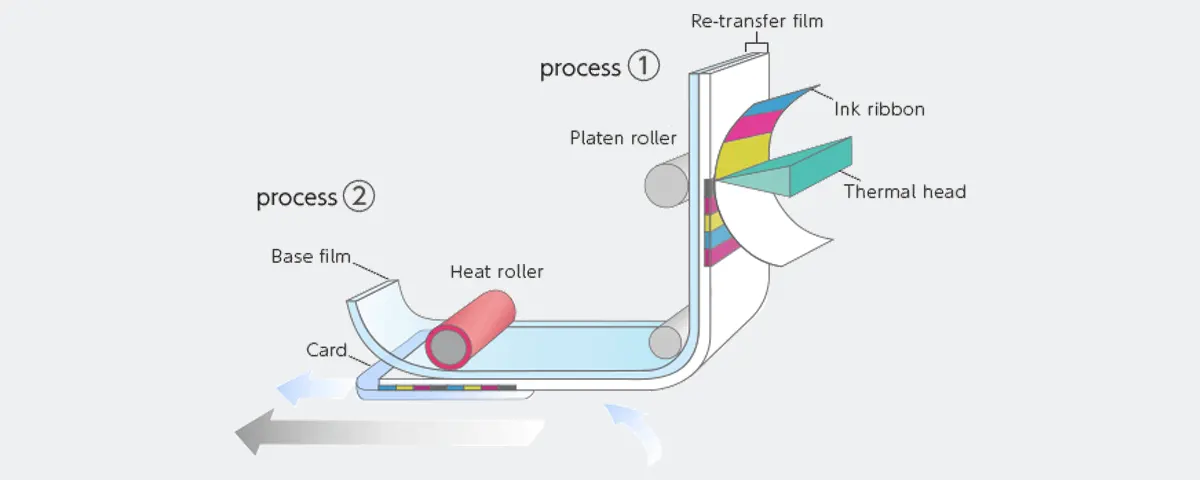
Retransfer ID card printers utilize a more advanced, two-step printing process. First, the design is printed onto a transparent overlay film, which is then fused onto the card’s surface.
One significant advantage of retransfer printers is their ability to achieve full card coverage, eliminating the unwanted white border seen with some other methods. Additionally, because the printhead doesn’t make direct contact with the card, retransfer printers can safely print on access control cards and cards with uneven surfaces.
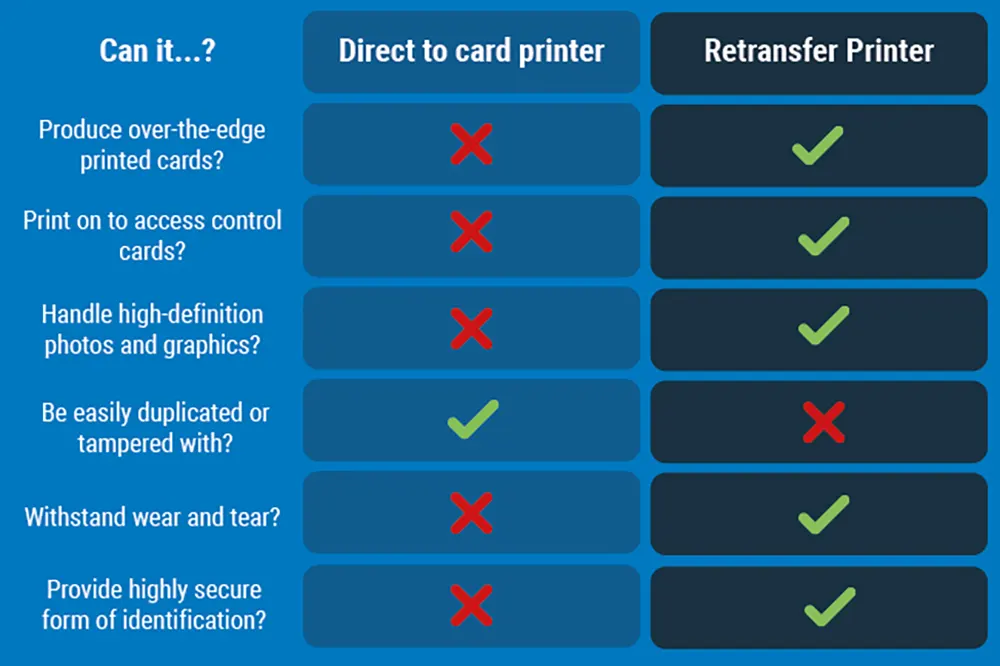
To make things simple, we’ve created a table summarizing the key differences between the two printer types. This should help you determine which option best suits your needs.
While retransfer printers are more expensive than direct-to-card models, they deliver superior print quality, greater flexibility for printing on various card surfaces, and improved security features. Direct-to-card printers, though capable of producing high-quality prints, offer fewer encoding options and struggle with printing effectively on access control and smart technology cards, making them less secure compared to retransfer printers.
Whether your ID card production needs call for retransfer or direct-to-card printing, you can explore our complete selection of card printers here.
If you’d like further assistance in determining which printer technology is the best fit for your requirements, feel free to consult with one of our experts by calling 01 506 5661
Related Posts

Hotel Key Card Printing – Common Questions Answered
Back To Blog Facebook X LinkedIn Introduction When running a hotel, every detail matters — and that includes your key

The Ultimate Guide to Custom Gift Card Printing for Businesses
Back To Blog Facebook X LinkedIn Introduction In today’s competitive market, custom printed gift cards are more than just a
You can see how this popup was set up in our step-by-step guide: https://wppopupmaker.com/guides/auto-opening-announcement-popups/
Smart 31s Card Printer
Smart 51S Printer
Smart 5D Printer
Zebra ZC100 Card Printer
Zebra ZXP7 Printer
Evolis Primacy Printer
Evolis Zenius Card Printer
Evolis Pebble Card Printer
Zebra Printers
Magicard Printers
Fargo Printers
Entrust Printers
Pointman Ribbons
Pointman Printers
Zebra ZC100 Ribbons
Zebra ZXP1 Ribbons
Zebra ZXP3 Ribbons
Zebra ZXP7 Ribbons
Zebra ZXP9 Ribbons
Entrust Sigma DS1 Ribbons
Entrust Sigma DS2 Ribbons
Entrust Sigma DS3 Ribbons
Card Holders
Paxton Cards
Mifare Cards
Pointman Ribbons
Magicard 300 Pro Bundle
Zebra ZC350 Ribbons
Lanyard
Lanyard Dublin
Lanyards & Card Holders
Magicard Pronto 100 Ribbons
Magicard 300 Ribbons
Magicard 600 Ribbons
Magicard Rio Pro 360 Ribbons
Magicard Ultima Ribbons
Evolis Badgy Ribbons
Evolis Primacy Ribbons
Datacard SD260 Ribbons
Evolis Zenius Ribbons
Datacard SD360 Ribbons
Datacard SD460 Ribbons
Smart 21 Ribbons
Smart 30 Ribbons
Smart 31 Ribbons
Smart 50 Ribbons
Smart 70 Ribbons
Smart 51 Ribbons
Datacard SP25 Ribbons
Fargo DTC4250 Ribbons
Card Printing Software
Easybadge Card Design Software
Custom RFID Cards
Printed Eco Cards
Asset Tags
Best ID Card Printers 2023
Printed Plastic ID Cards
PVC Card Printers
Printed Membership Cards
Gift Card Printing
Plastic Gift Cards
Gift Card Printers
Gift Card Technology
Gift Cards For Business
Gift Card Manufacturers
Print Plastic Gift Cards
Mifare Classic Cards
Mifare Desfire Cards
Paxton Access Readers
Paxton Net2 Cards
Paxton Net2 Proximity Cards
Paxton Net2 Fobs
Paxton Net2 Key Fobs
Paxton Fobs
Custom Plastic Gift Cards
Gift Card Printing
Gift Cards For Business
Loyalty Card Printing
Hotel Key Card Wallets
Gift Card Wallets
Plastic Card Wallets
Sustainable Hotel Keycards
Hotel Keycards
ID Card Printer
Plastic Card Printers
Card Printers
Library Membership Cards
Bone Tag Labels